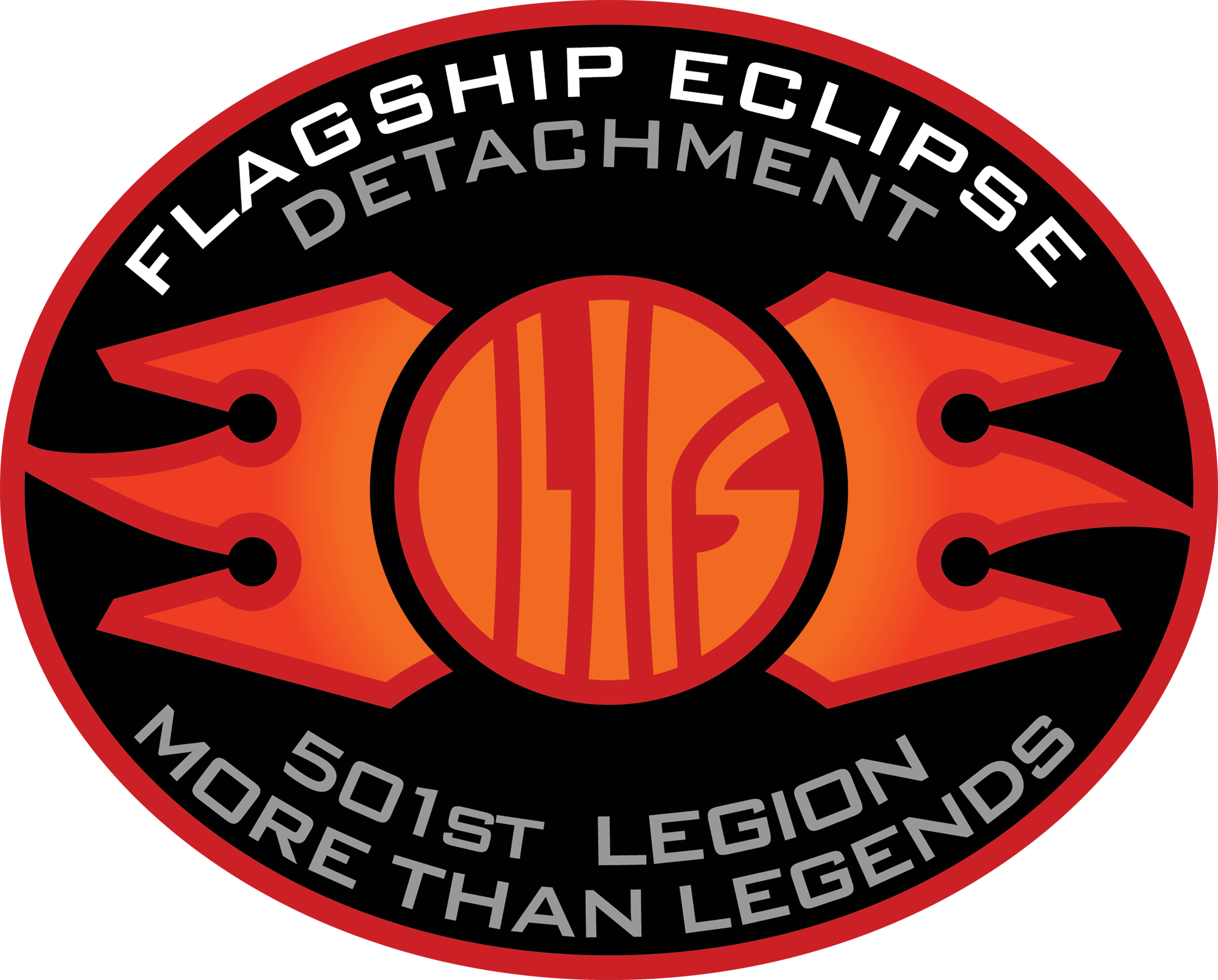You’ll never watch Episode I the same way again.
Twenty five years ago, Star Wars: The Phantom Menace graced movie theaters with an excitement level that’s still talked about fondly today. But it wasn’t an easy path to get there. From developing completely new film techniques and technology that seem commonplace now, to a massive storm wiping out most of the Mos Espa set in Tunisia, there’s more to the story behind Episode I than you probably know.
The Making of Episode I: The Phantom Menace, written by Laurent Bouzereau and Jody Duncan, was also released in 1999 and features candid tales of the production direct from writer and director George Lucas, the cast, and the crew of one of the most anticipated films in history. In addition, Lucasfilm produced a number of behind-the-scenes features for web and home video that explored the making of the movie.
Here are 25 behind-the-scenes facts and anecdotes straight from the people who were there!
1. Some of Doug Chiang’s earliest concepts were inspired by the sights of Marin County, California. Newly relocated to the area outside San Francisco to work on The Phantom Menace, Chiang found early ideas in local landmarks. Hints of the Marin Civic Center — designed by architect Frank Lloyd Wright — can be seen in the architecture of Theed. The verdant hills of Nicasio near Skywalker Ranch became the setting for the battle between the droids and Gungan armies.
2. Natalie Portman’s royal tone of voice was modified in post-production. When Padmé Naberrie acts as Queen Amidala, she speaks in a low and solemn tone inspired by the transatlantic accents of Lauren Bacall and Katharine Hepburn. But the actress was unprepared when she heard the final voice in the finished movie. “I was surprised when I saw the film,” Portman told Empire magazine, “because they digitally altered my voice and brought it down in register.”
3. Set decorator Peter Walpole and his team used medical equipment to bring the locations of Episode I to life. The team at the Leavesden Prop Department, determined to keep costs down, picked through a medical supplier warehouse crammed with old equipment and haggled down the price of every piece. The pieces were then combined in creative ways to craft the items decorating the Skywalker home.
4. The waterfalls of Naboo were created with salt. Real-life footage of salt flowing off an edge was filmed, imported into a computer, and then used to digitally create the texture of rushing water.
5. Nick Gillard found inspiration for the sword fighting style of the Jedi at their height of power in a few surprising places. The stunt coordinator described the fighting style seen in the iconic duel at the end of the film as a mixture of “kendo, and samurai, and every sword style that’s ever been — and a bit of tennis and a bit of tree-chopping. Everything that you could swing at.”
6. George Lucas wrote the Episode I script by hand with just pencil and notebook paper. In fact, he writes all of his scripts this way.
7. One of the biggest influences on the making of The Phantom Menace was The Young Indiana Jones Chronicles. Not only did a significant number of the television series’ crew and production team later work on The Phantom Menace, some of the techniques they perfected while filming the series were then used on Episode I. Rick McCallum, producer of the prequel trilogy, called the show a “testing bed to learn a new way of making films.”
8. Jar Jar Binks was originally designed with green skin. The design team later realized that most aquatic creatures on our own planet don’t sport green hues, so they changed his skin tone to orange instead.
9. Yaddle is actually an early “young Yoda” design. Concept artist Iain McCaig began designing the Jedi Master’s younger look as an eight-year-old version of the character. “That concept eventually became another Jedi in the film, Yaddle,” he revealed.
10. The moving mechanism inside Threepio’s head is a missile gyroscope. Chief Model Maker Lorne Peterson had found it and let the effects team borrow it, he said in the making-of featurette “Discoveries from Inside: Models & Miniatures.”
11. The design of the heavy troop transport in The Phantom Menace, the MTT, was inspired by elephants. In the featurette “Conversations: Doug Chiang Looks Back,” the concept artist talked about using familiar shapes to help the audience understand a design on a basic level. “If you look at the front of the MTT, the tiny little slits represent the elephant’s eyes and his forehead,” said Chiang. “And the trunk, I turned into the door, and the tusks actually become the two guns on the sides. “
12. Costume colors are specific to the planets of the galaxy far, far away. Iain McCaig and costume designer Trisha Biggar worked together to create the palettes: gray, brown, and black for Coruscant, green and gold for Naboo, and sun-bleached sandy colors for Tatooine.
13. Ewan McGregor had dialogue coaching to prepare for his role. He worked hard to capture the calming tones and inflections of Sir Alec Guinness to best play the character, which he called “quite tricky.”
14. Samuel L. Jackson got the role of Mace Windu in part through an appearance on the British talk show TFI Friday to promote a different movie. The casting director for The Phantom Menace, Robin Gurland, heard that Jackson made his wish to be in the new Star Wars known while chatting on the talk show, and the rest is history.
15. Ahmed Best was discovered through his performance in the theater show Stomp. Gurland happened to catch the show and spotted Best in the cast. His energy and performance made her realize, “He’s Jar Jar!”

